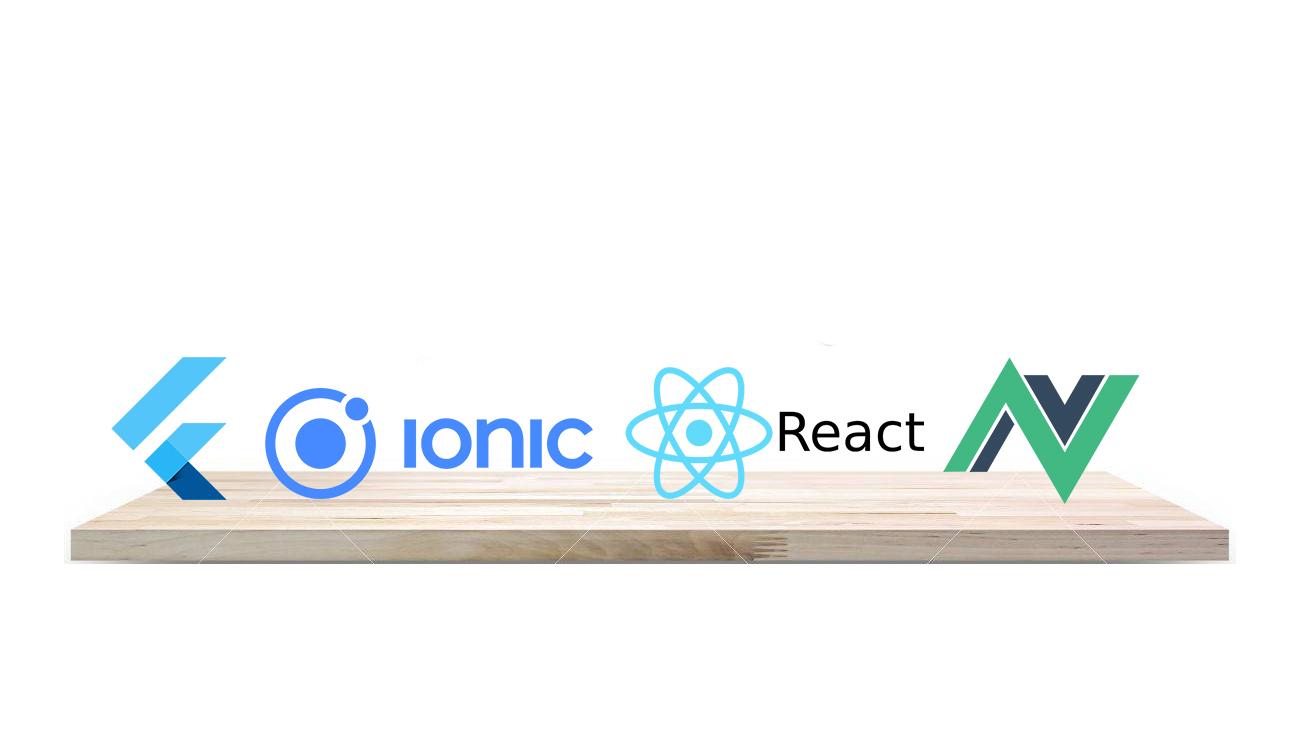Once people develop Apps which led to several Apps for the same purpose, later people focus on developing SDK now there are many SDK to choose from, Even though some could manage to hold their position at the top. let’s Discuss them.
Vue Native:
Vue Native is like a cube of syntactic sugar for learning React Native as all the components of React Native can be imported, observed and used in the Vue Native using reactivity system.With the help of Vue.js the mobile Apps are built, Designed to connect React Native and Vue.js. Being specific it’s just wrapper around React Native APIs, that helps to use Vue.js, which leads to rich mobile User Interface.
Finally Vue Native capable of achieving Two-way data binding with the help of v-modal. Here is a discount for Ionic users v-if and v-else used in Vue to write conditional blocks.It is a likable platform for the Rookies who always think about “doing less and get more”.
Ionic 4:
Ionic is one of the best frameworks in the market that helps to develop Hybrid Mobile Apps, which has a pet name library of UI components, which is a requirement in Hybrid Mobile App development. Ionic framework habitually includes essential elements like Sass-based UI, compiler or wrapper, Angular platform is helpful in quick scalable app creation.
Ionic 4 been released recently is introduced with little more improvements in build-time, documentation, multi-framework compatibility, powerful theme capabilities, and functionality. The new thing Capacitor – is a code execution layer and cross-platform API obviously that call Native SDKs from web code and even to write a custom one.
And to conclude this Ionic 4 is 1.5x faster than previous one.
Flutter:
A Noob to this kind actually was, a new version is released at MWC 2019 by Google, The fabulous thing for Android Developers. It also assists in-app-purchases. The released is to improve functionality and stability which was an issue. And finally the demanded thing Android App Bundles is assisted.
New Debugging tool is added ‘Dart DevTool ‘ used to debug obviously in addition to that widgets can also be debugged. The APK’s are optimized now and a piece of cake is no need for resources to run the App.
“Google has planned (injects as) to make Dart DevTools a state-of-the-art tool for every Flutter developers”.
React:
How can we even think of missing this one? yeah, the latest version 16.8.4 released on March 5, 2019. with the log holding “Fix a bug where DevTools caused a runtime error when inspecting a component that used a useContext hook. ” Just for fun. Ok coming back to the track, React 16 is using the new Architecture “Fiber” with Spoiler: we rewrote React!. It is responsible for error boundaries and fragments which are new features.
And moreover, the feature request considered by React, those are fragments, error boundaries, portals, support for custom DOM attributes, improved server-side rendering, and reduced file size – as they mention.
Portals as the name imply it renders the elements outside the DOM to inside. Server-side rendering The renderers is rewritten and supports steaming lead to faster sending of bytes to the client. The packaging strategy is also changed that compiles process.env much faster, to explain in a simple way it shows 3.8x improvement in Node 8.4 when comparing with React 15.
Till there are many competitors out there to make development much easier and precise. As we are climbing the steps we are just in choosing SDK’s right now, think about the next step we might be confused in choosing which SDK development app will be suitable. Won’t we?

